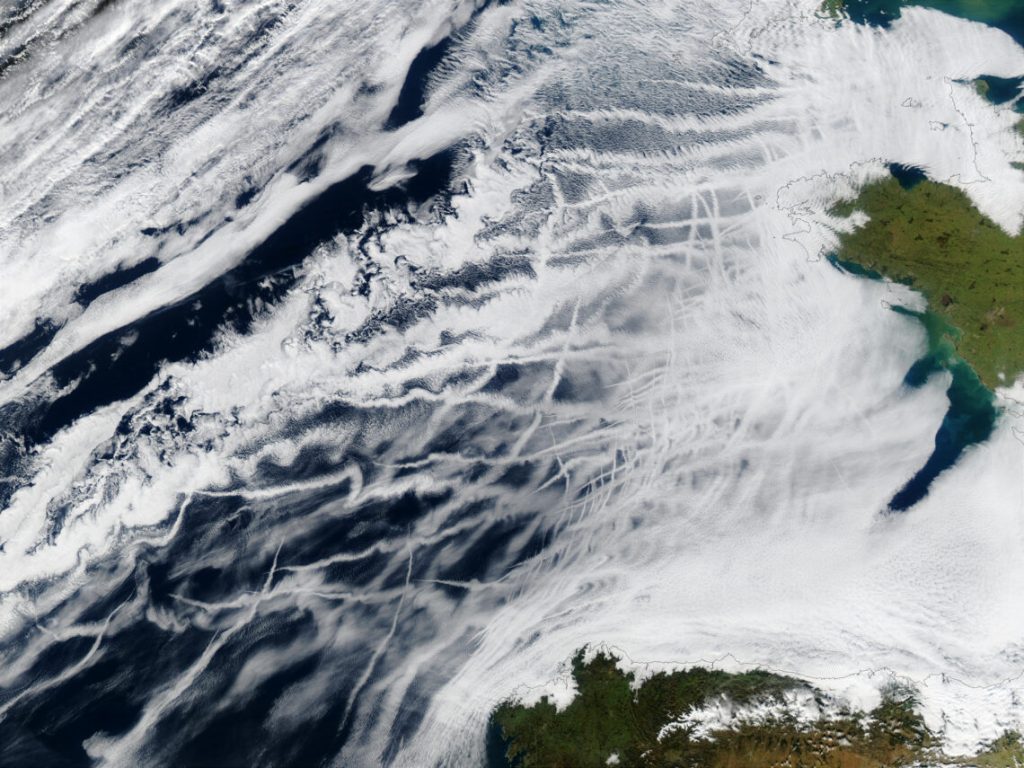The chilling effect of air pollution

By Gillian Dohrn, UW News
Earth is reflecting less sunlight, and absorbing more heat, than it did several decades ago. Global warming is advancing faster than climate models predicted, with observed temperatures exceeding projections in 2023 and 2024. These trends have scientists scrambling to understand why the atmosphere is letting more light in.
A new study, published Nov. 5 in Nature Communications, shows that reducing air pollution has inadvertently diminished the brightness of marine clouds, which are key regulators of global temperature.
Between 2003 and 2022, clouds over the Northeastern Pacific and Atlantic oceans, both sites of rapid surface warming, became nearly 3% less reflective per decade. Researchers attribute approximately 70% of this change to aerosols — fine particles that float through the atmosphere and influence both cloud cover and cloud composition.
When research emerged showing that some aerosols are harmful, efforts to limit particulate pollution — specifically targeting the products of fossil fuel combustion — followed. Aerosol levels will likely continue to fall as clean energy replaces oil and gas. To improve the accuracy of global temperature forecasts, scientists need to capture the true relationship between aerosols, clouds, and heat from the sun in climate models.
“This paper is a substantial contribution to the evidence that reductions in particulate air pollutants are contributing to accelerated warming.” said Sarah Doherty, a principal research scientist at the UW Cooperative Institute for Climate, Ocean and Ecosystem Studies.
…
